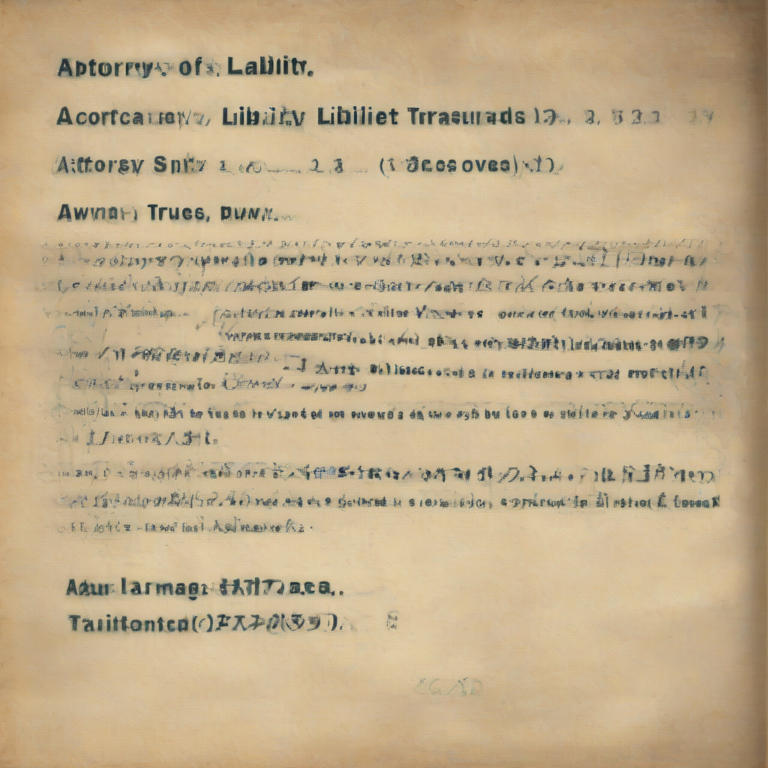
Finding the Right Storage Solution: A Comprehensive Guide to “Storage to Rent Near Me”
The search for “storage to rent near me” often arises from life’s transitions – moving house, renovating, decluttering, or simply needing extra space. This guide breaks down the process, helping you find the perfect storage unit to fit your needs and budget.
Understanding Your Storage Needs
- Size: How much space do you actually need? Measure your belongings carefully. Consider overestimating slightly to accommodate unexpected items.
- Type of Items: Are you storing furniture, documents, seasonal items, or valuable possessions? This will influence the type of storage unit you need (climate-controlled, standard, etc.).
- Access: How frequently will you need access to your belongings? Will you need drive-up access? Consider the facility’s hours and accessibility.
- Duration: How long do you plan to rent the unit? Longer terms often come with discounted rates.
- Budget: Set a realistic budget before you start your search. Consider not just the monthly rental cost but also additional fees like insurance, administrative charges, and potential late fees.
- Security: Prioritize security features such as well-lit facilities, secure gates, video surveillance, and individual unit alarms.
Online Search Strategies: Refining Your “Storage to Rent Near Me” Search
The internet is your best friend when searching for storage. Here’s how to refine your search:
- Use Specific Keywords: Instead of just “storage to rent near me,” try phrases like “climate-controlled storage near [your address],” “self-storage units [your city/zip code],” or “drive-up storage [your neighborhood].”
- Utilize Maps: Google Maps and other mapping services can visually display nearby storage facilities, allowing you to easily compare locations and distances.
- Check Review Sites: Read reviews on sites like Yelp, Google Reviews, and others. Pay attention to recurring themes in positive and negative reviews to gain a clearer picture of a facility’s reputation.
- Compare Prices: Use online comparison tools or directly visit the websites of several storage facilities to compare prices and available unit sizes.
- Look for Promotions and Discounts: Many storage facilities offer discounts for first-time renters, long-term rentals, or seasonal promotions.
Visiting Storage Facilities: What to Look For
Once you’ve narrowed down your options, it’s essential to visit potential storage facilities in person. Here’s a checklist:
- Facility Cleanliness and Condition: Observe the overall cleanliness and state of repair. A well-maintained facility suggests a commitment to customer satisfaction and security.
- Security Features: Inspect security measures like fences, gates, lighting, surveillance cameras, and alarm systems. Ask about their security protocols.
- Unit Accessibility: Check the ease of access to your potential unit. Is it easy to maneuver your belongings in and out? Is there adequate lighting within the unit and surrounding areas?
- Climate Control (if needed): If you need climate-controlled storage, confirm the effectiveness of the system. Ask about temperature regulation and humidity control.
- Customer Service: Evaluate the friendliness and helpfulness of the staff. Ask questions and gauge their responsiveness and willingness to assist.
- Insurance Options: Inquire about insurance options offered by the facility or whether you need to provide your own insurance coverage.
- Contract Terms: Thoroughly read the rental agreement before signing to understand the terms and conditions, including the cancellation policy, late fees, and any other applicable charges.
Different Types of Storage Units
- Indoor Storage: Units located inside a climate-controlled or non-climate-controlled building, offering protection from the elements.
- Outdoor Storage: Typically uncovered units, often more affordable but less protected from the weather.
- Climate-Controlled Storage: Units maintained at a consistent temperature and humidity level, ideal for temperature-sensitive items like furniture, electronics, and artwork.
- Drive-Up Storage: Units with direct access from a roadway, making loading and unloading significantly easier.
- Vehicle Storage: Specifically designed for storing cars, boats, RVs, and other vehicles.
Moving Your Belongings: Tips for Efficient Storage
- Pack Smartly: Use sturdy boxes and packing materials. Label each box clearly with its contents and the date.
- Protect Your Valuables: Take extra precautions to protect fragile or valuable items with appropriate padding and wrapping.
- Inventory Your Belongings: Create a detailed inventory of everything you store, including photos or videos, for insurance purposes.
- Elevate Items: Keep stored items off the ground using pallets or other supports to prevent moisture damage.
- Consider Pest Control: Take measures to prevent pests by using airtight containers and keeping the area clean.
Beyond the Basics: Additional Considerations
- Accessibility Features: If you have mobility issues, ensure the facility has ramps, elevators, or other accessibility features.
- Payment Options: Confirm the available payment methods, such as online payments or auto-pay options.
- Customer Support: Evaluate the availability and responsiveness of customer support channels, including phone, email, or online chat.
- Insurance Coverage: Understand the extent of the facility’s insurance coverage and whether you need supplemental insurance.
- Contract Flexibility: Check the terms of the rental agreement regarding early termination or contract extensions.
Negotiating Your Rental Agreement
Don’t be afraid to negotiate the terms of your rental agreement. Many storage facilities are willing to offer discounts or concessions, especially for long-term rentals or if you’re willing to commit to a longer-term contract.
Avoiding Scams: Protecting Yourself
- Verify the Facility’s Legitimacy: Confirm that the facility is a registered business and check for online reviews and complaints.
- Avoid Unusually Low Prices: Be wary of offers that seem too good to be true. Extremely low prices may indicate a scam or a facility with significant issues.
- Secure Payment Methods: Only use secure payment methods to avoid fraudulent transactions.
- Read the Contract Carefully: Thoroughly review the rental agreement before signing to avoid hidden fees or unfavorable terms.
- Trust Your Instincts: If something seems suspicious or off, trust your instincts and don’t hesitate to walk away.



